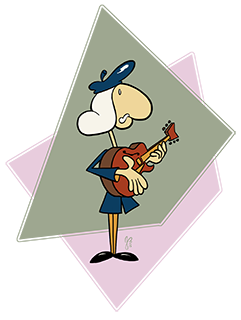Barry Harris, a pianist in the mix at the birth of bebop, is one such cat who has been trying to educate how the music really originated and functions. I've seen a lot of scattered information and videos of Barry Harris teaching over the past few days, but this fellow's blog post seems like as good an introduction as any into the world of Barry Harris for guitar -- enough to give a taste of whether it is a alternative from the Berklee method you'll want to investigate. It has a short example PDF with chord boxes and links to more in depth educational materials.
I also ran across this introduction which gets more in depth into the 'origin story' of scales an chords according to Barry Harris with some staff examples.
Additionally, I've found this chap on You Tube who's videos can stretch your thinking outside of the Berklee method into Barrytown. Here is his mile-a-minute demo on harmonic theory which touches on some Barry Harris ideas. Worth subscribing to, Christian Miller offers the 'Altered Scale' might be a bit of a revisionist device to approximate the approaches the original bopheads probably used. His videos move quickly and you'll need some pre-requisite knowledge, but offer some tasty lick examples, especially in this quick-fast lesson on Bop Harmony.

 RSS Feed
RSS Feed
